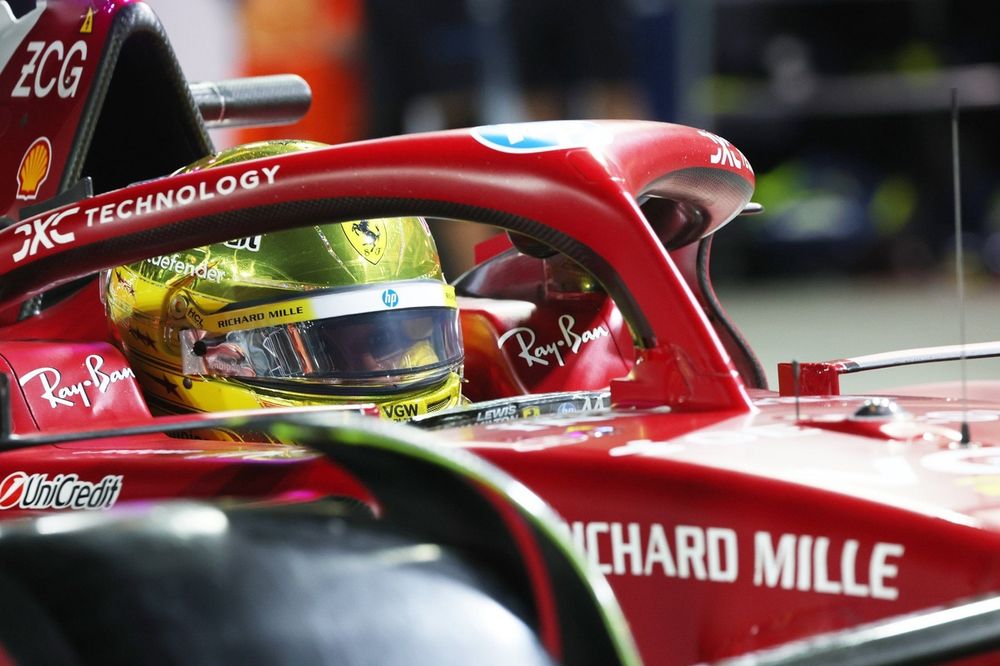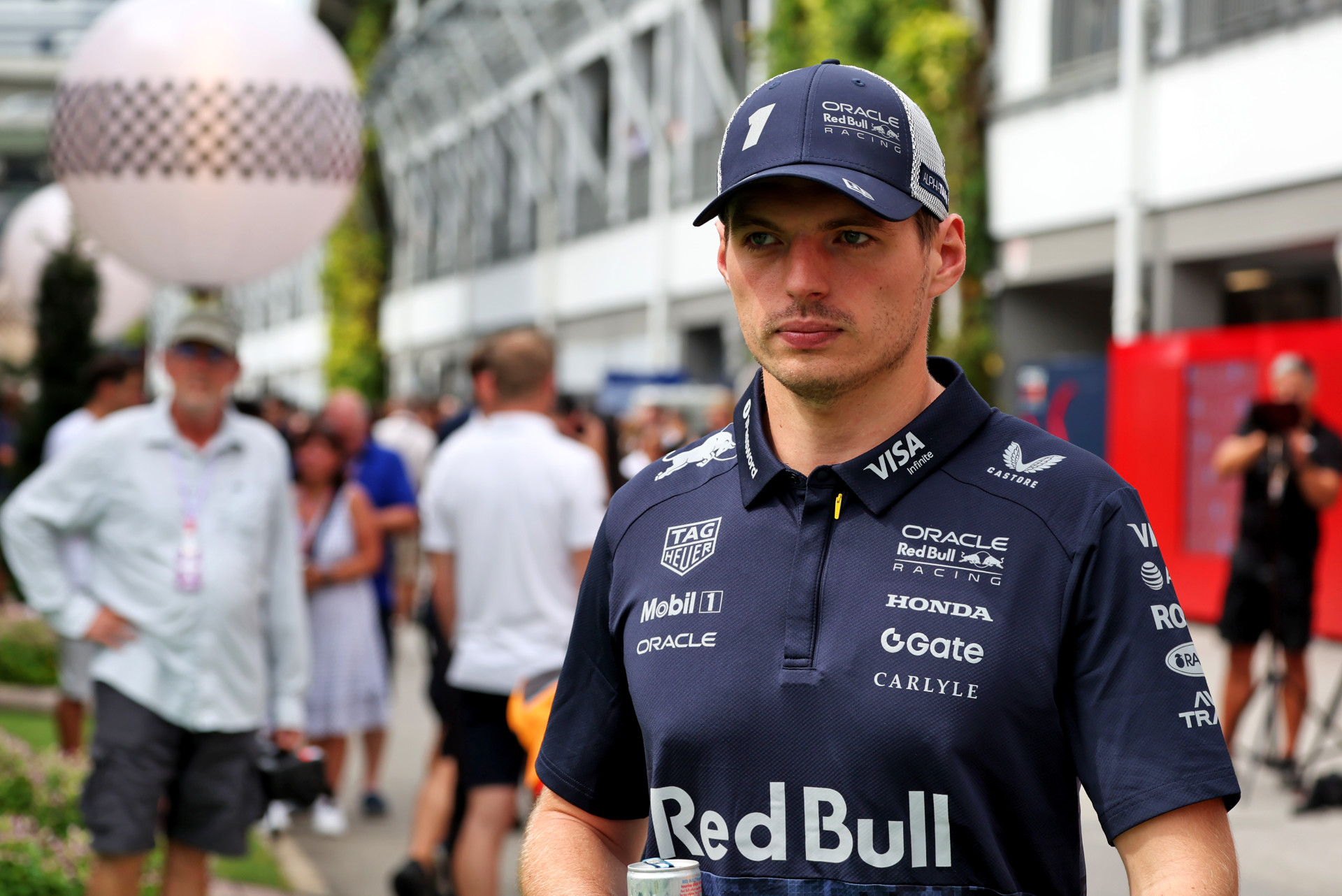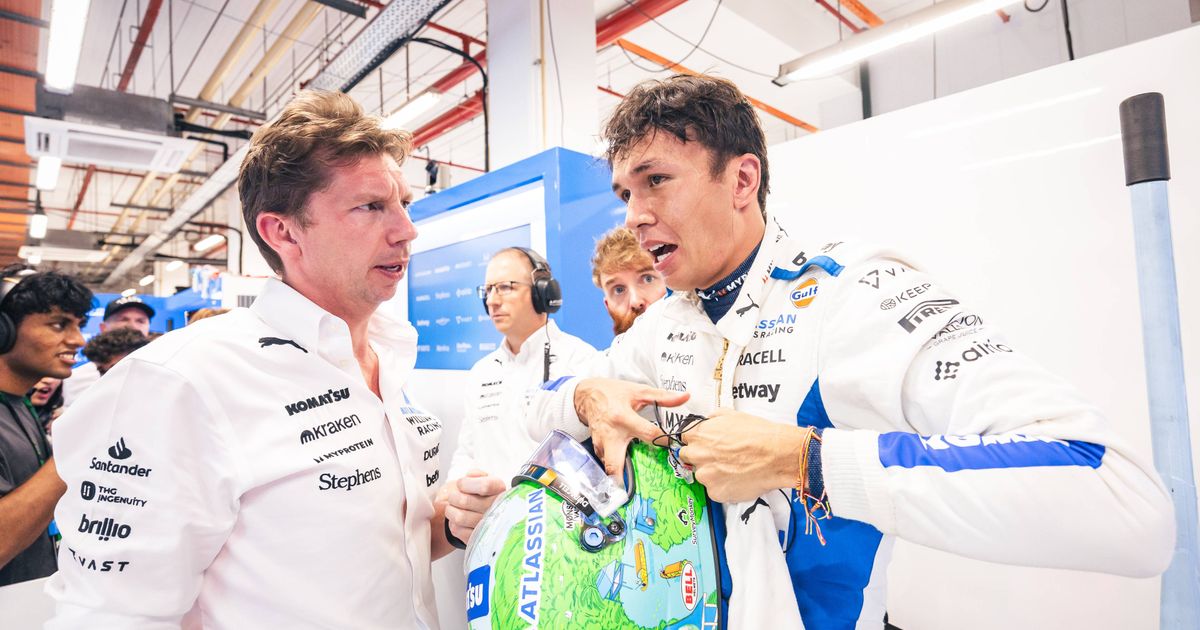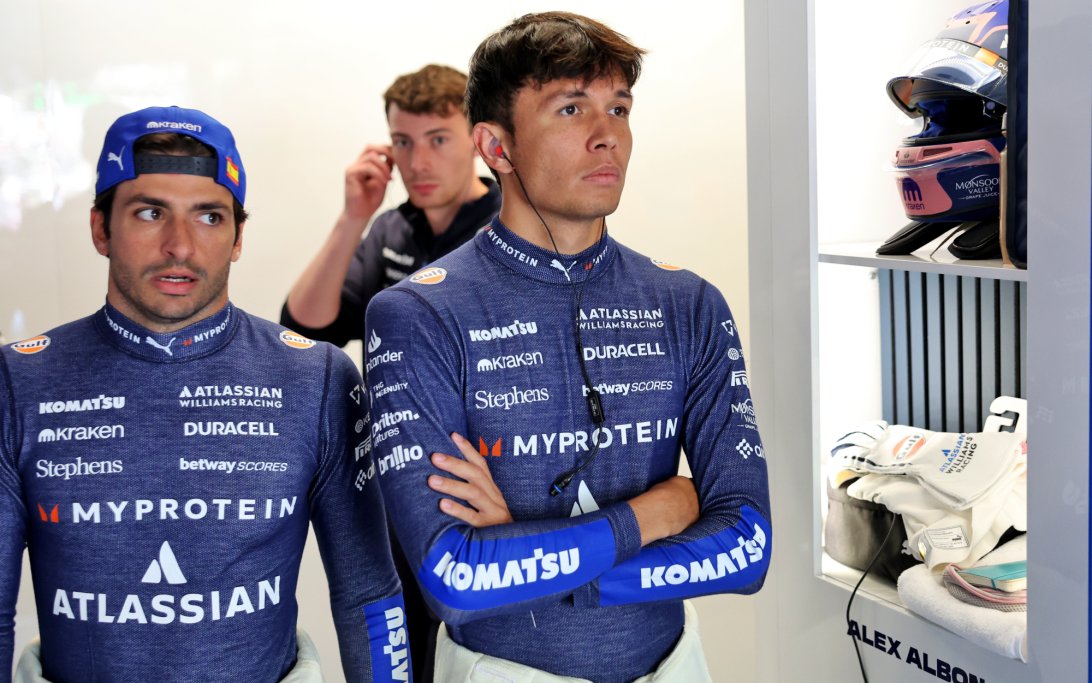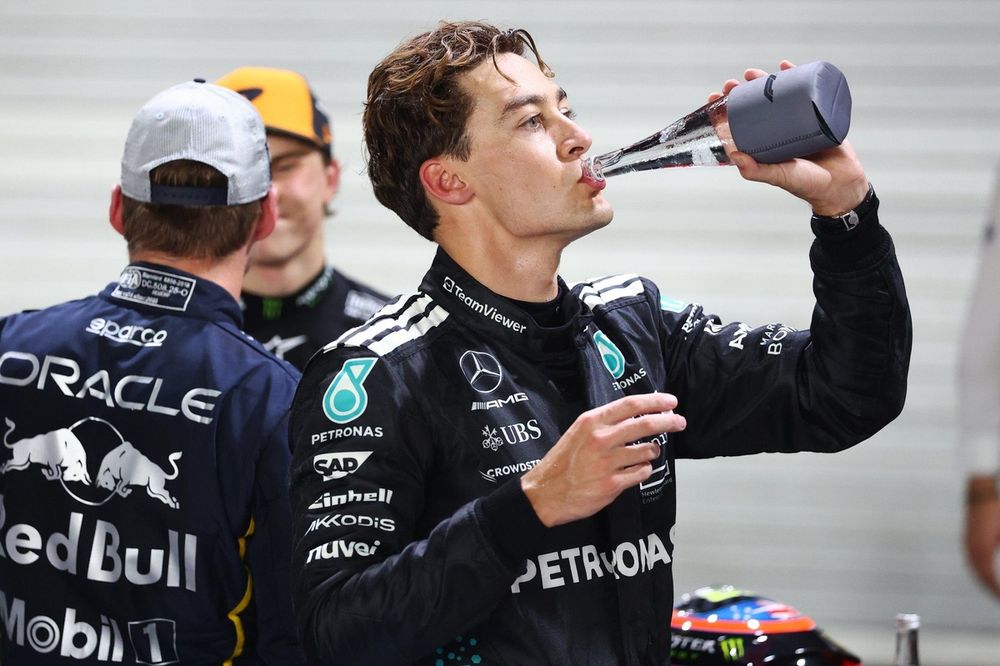
F1 Drivers Battle the Heat: Inside Singapore Grand Prix's Extreme Conditions
Summary
The Singapore Grand Prix, a 'heat hazard' due to high temperatures and humidity, presents extreme challenges for F1 drivers. This article delves into the critical heat management strategies employed, from pre-season acclimatization and specialized hydration to in-race cooling vests and post-race recovery. Understanding these measures highlights the intense physical demands on drivers, who must combat cockpit temperatures up to 60°C and significant sweat loss to maintain peak performance and safety.
The Singapore Grand Prix consistently ranks as one of F1's most physically demanding races, and this weekend, it's officially a 'heat hazard.' With temperatures projected to exceed 31°C and intense humidity, effective heat management for drivers becomes a critical factor for performance and safety.
Why it matters:
- F1 cockpits can reach extreme temperatures, reportedly up to 60°C, due to the heat radiated by the 1.6-liter six-cylinder engine, which produces around 1000 horsepower.
- Drivers wear multi-layered fire-retardant suits and helmets, further exacerbating heat buildup. In Singapore's typical 90% humidity, drivers can lose 2-3kg of sweat during a race, risking severe dehydration and impaired performance.
- Effective heat management is not just about comfort; it's crucial for maintaining focus, reaction times, and physical endurance over 62 laps of a challenging, corner-heavy track.
The Details:
- Pre-Season Acclimatization: Drivers begin heat training well before the season, incorporating saunas or controlled heat chambers into their regimens to acclimatize their bodies to extreme environments. This intensive training picks up after the summer break.
- Hydration Strategy: A strict hydration regimen includes specialized electrolyte-rich drinks to ensure drivers maintain optimal fluid levels throughout the race.
- Cooling Vests: Optional cooling vests, which circulate chilled fluid, are offered to drivers to reduce core body temperature before and during the race. However, some drivers, like Max Verstappen, opt out, citing that the vests lose their effectiveness and that sweating is manageable for them.
- Ice Baths: Many drivers, including Carlos Sainz, utilize ice baths before the race to lower their core body temperature, a practice now widely adopted across the grid for its proven benefits in combating heat stress.
- In-Car Hydration: Drivers have a tube in their helmet connected to a drink system, allowing them to hydrate at the push of a button. While essential, the fluid often heats up, making it an unappealing but necessary defense against dehydration.
- Aerodynamic Cooling: Helmet vents and cockpit deflectors are strategically designed to channel air across the driver's face and through the cockpit, expelling hot air while minimizing aerodynamic drag.
What's next:
- Post-race, drivers immediately focus on recovery, using ice scarves, ice baths, and iced drinks to rapidly cool down and replenish lost fluids. This quick recovery is vital for preparing for the next race weekend.
- The intense conditions of races like Singapore highlight the ongoing physiological challenges F1 drivers face, pushing the boundaries of human endurance alongside automotive technology.
- As F1 continues to race in diverse and often extreme climates, the evolution of driver cooling and hydration strategies will remain a critical area for performance and safety innovation.
Original Article :https://www.motorsport.com/f1/news/singapore-grand-prix-heat-how-f1-drivers-keep...


